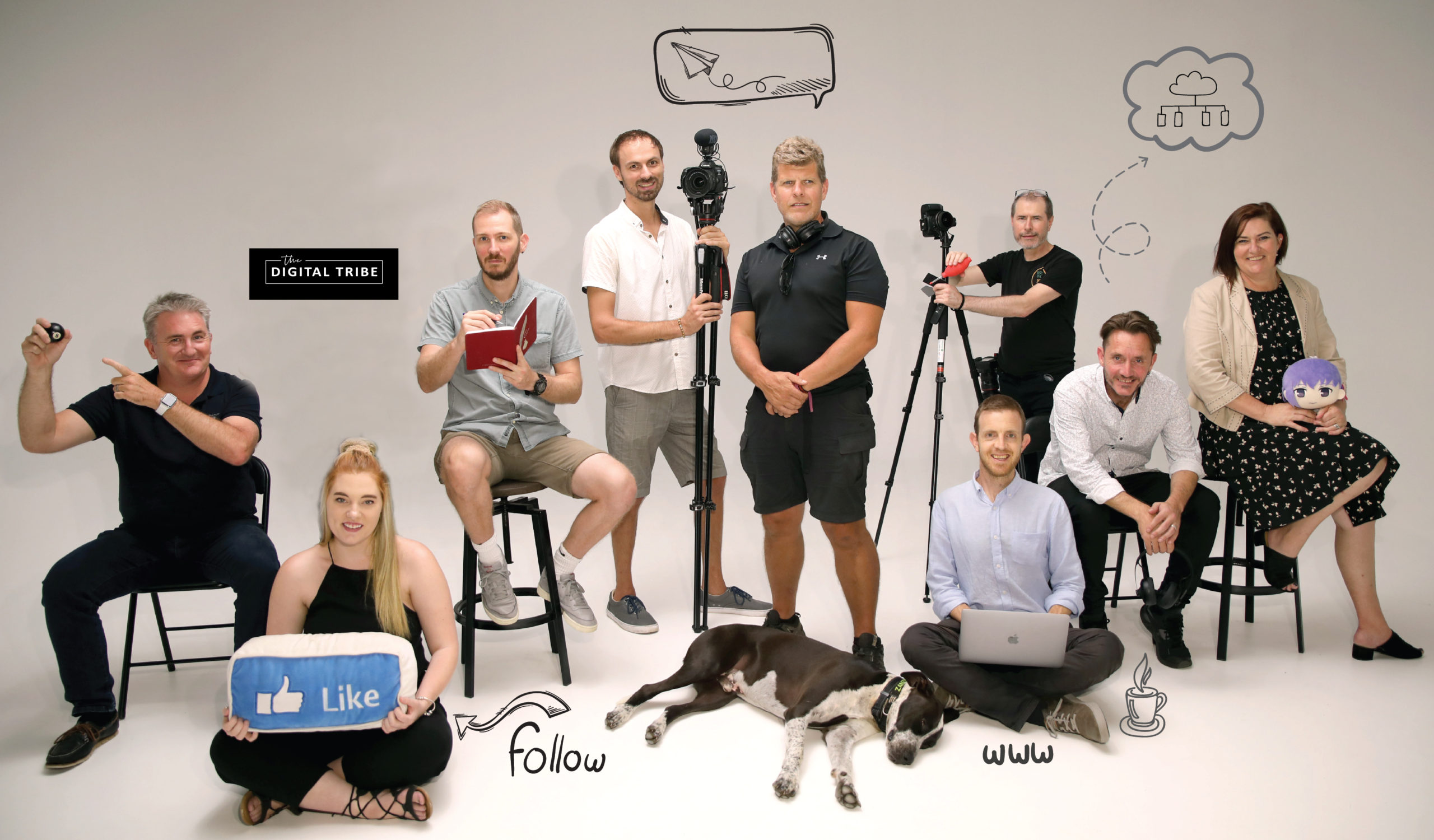ABOUT US
Founded in 2003, as an Economic Development Company committed to providing comprehensive product development services via a proven, process-driven approach.
Grounded in creativity, our work is balanced by a solid understanding of your business, the needs of your customers and demands of your markets.
The team use modern methodologies to help your business engage and grow such as:
- National Digital Transformation framework
- Double diamond methodology
- Jobs to be done (JTBD) theory
- User centred design principles
- Behavioural economics
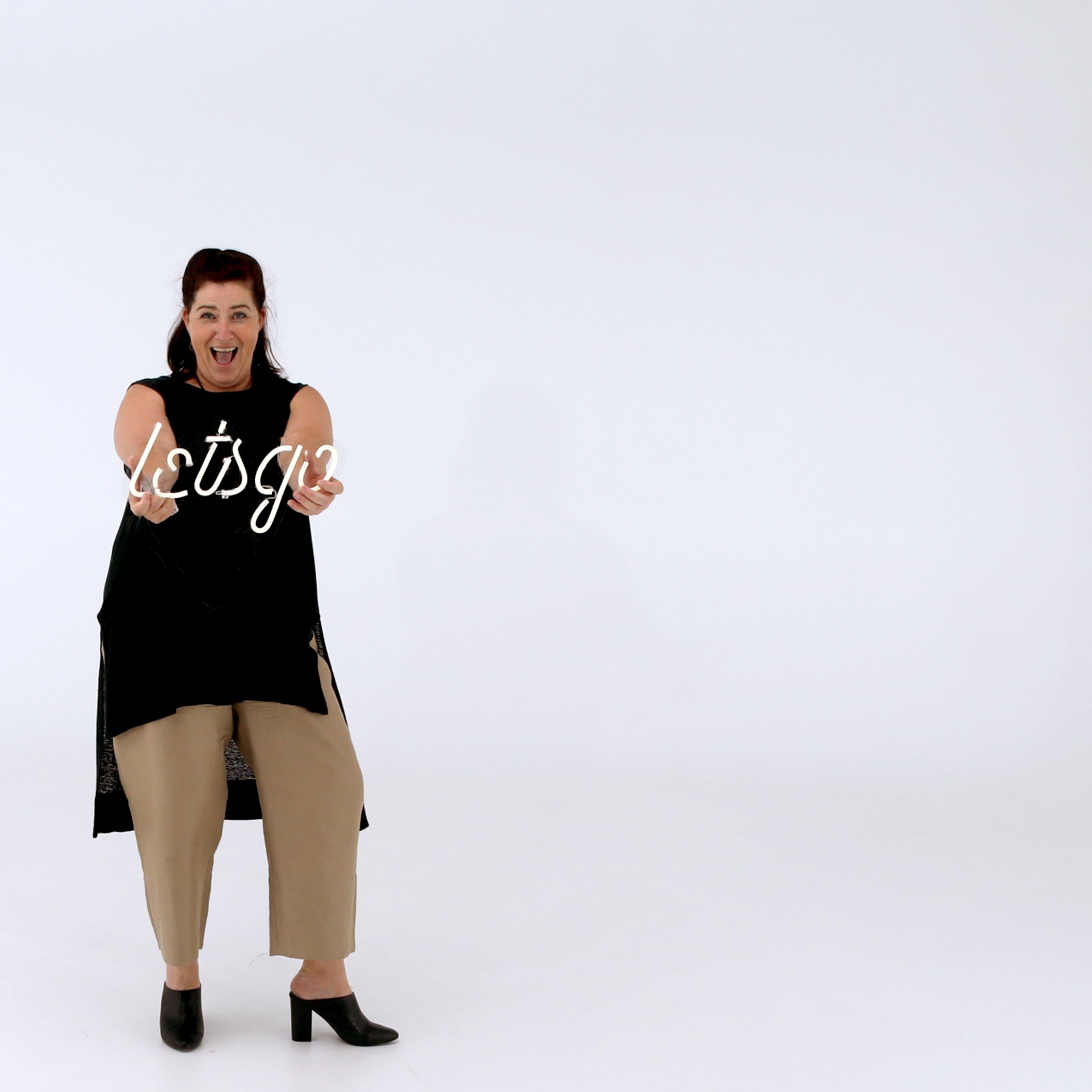
Jacinta Outlaw
Behavioural Economist & Transformation strategist

Paul Fellowes
Solution Architect & Transformation specialist

Giles White
Commercial Director

Tegan Leary
Researcher & Content Manager
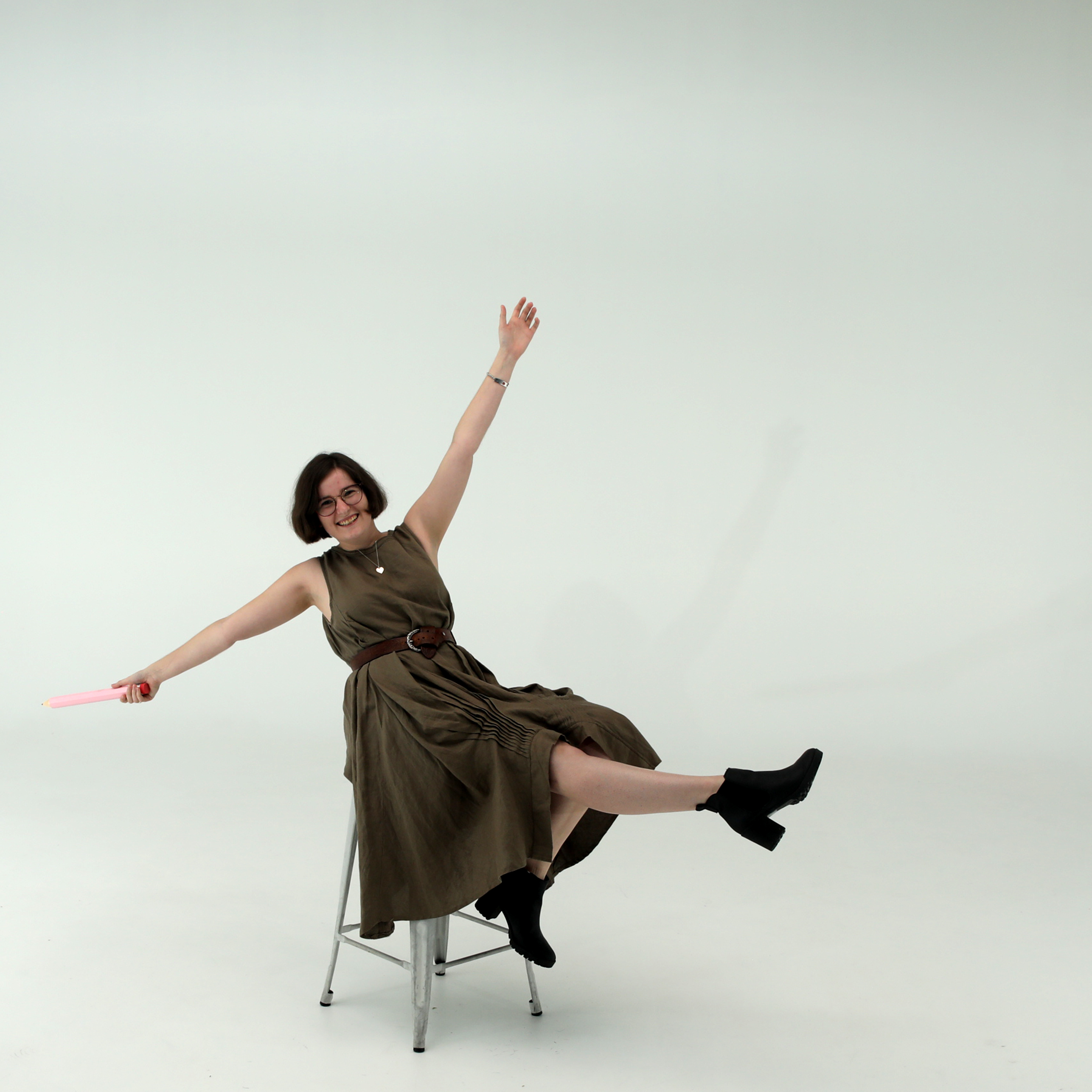
Dominique Outlaw
Design
WHAT WE DO...
Using 21st Century methods and dynamic proven new approach to product development,
our methods de-risk new ventures and builds products that are needed
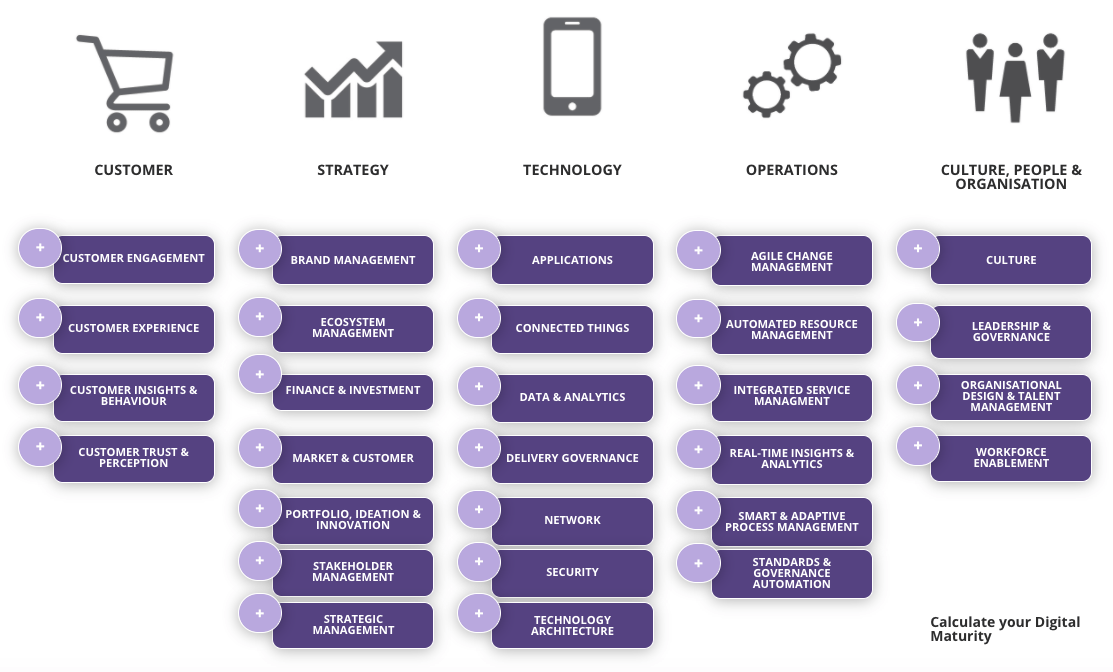
DIGITAL ACTIVATION AND TRANSfoRMATION
WHAT IS DIGITAL TRANSFORMATION?
Digital transformation is the process of integrating digital technology into all aspects of business, requiring fundamental changes in customer service, strategy, technology, operations and culture. Digital transformation requires a shift of business focus moving from “doing digital” to “being digital” where the business is completely intergrated.
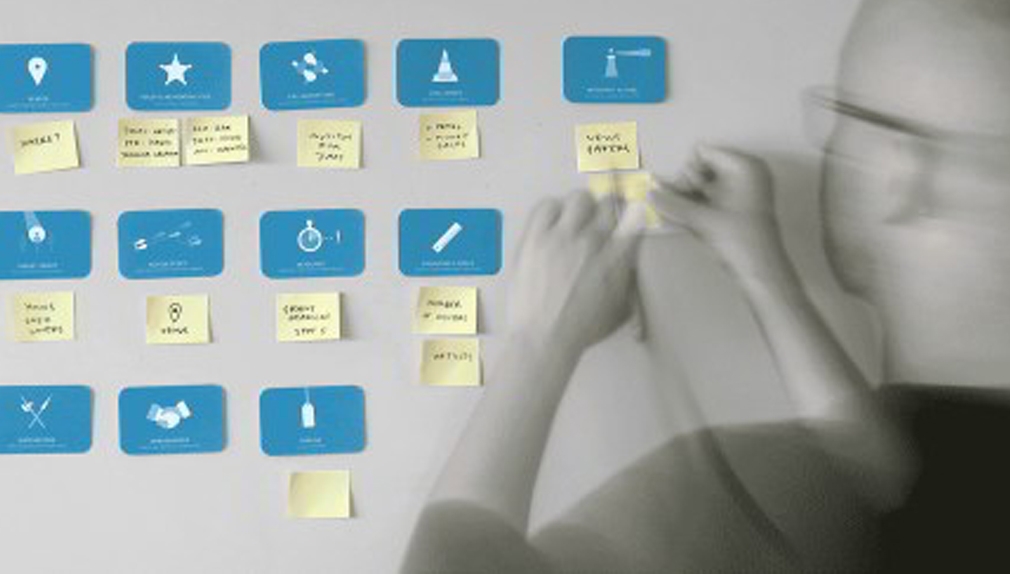
human centred product development
WHAT IS HUMAN CENTRED DESIGN ?
Frameworks and methodolgies developed over recent years assist us to support businesses through the strategic planning session to identify current and future state.
Our business strategy sessions utilise the following principles and practises
- User centred design principles
- Jobs to be Done theory
- Double Diamond – British Design Council
- Product Developer – Agile development
- Prince2 and Prince2 Agile
- Method Kit
- Business Architect canvas’s
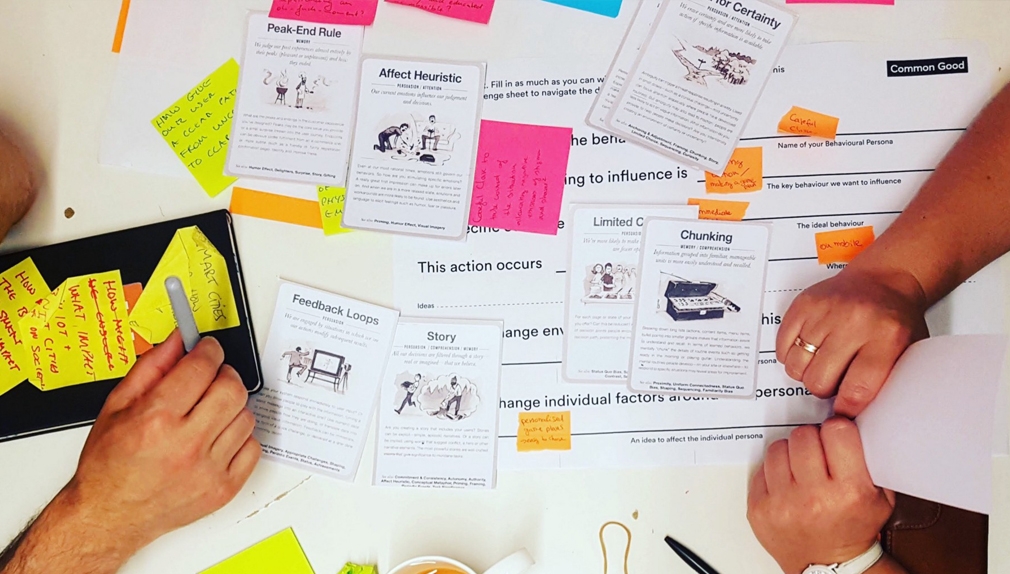
behavioural economics
WHAT IS BEHAVIOURAL ECONOMICS?
Behavioural economics studies the effects of psychological, cognitive, emotional, cultural and social factors on the economic decisions of individuals and how those decisions vary from those implied by standard marketing methods.
When implementing behavioural economics to the data rich business transformation, predictive tactics become clear, enabling a smoother change management.
DIGITAL TRANSFORMATION: Myth 1
STOP THINKING ABOUT DIGITAL AS SOCIAL
Digital disrupts every aspect of your business and team, without a clear plan that guides your business towards digital transformation how can you navigate towards success.
DIGITAL DISRUPTION IN IS HERE NOW!
We’ve heard a lot about transformation over the past decade. Digital has proven it can open new markets and opportunities – but what does it mean to Australian enterprises already struggling to deliver existing services to meet current customer demands?
Where do you place your organisation on the digital transformation journey? Are you moving fast enough?
Is your entire workforce on the road with you?






OUR DETAILED ASSESSMENT

WHY DIGITAL TRANSFORMATION IS CRITCAL.
Businesses are rapidly replacing their traditional interactions with digital experiences powered by advances in technology. Often, this occurs not because businesses choose to transform, but because they must transform to survive. The market has come to expect efficient digital experiences from its businesses, and a business that does not adapt to this new digital customer model will be abandoned.
- Improve processes: New technology allows businesses to automate simpler processes and cut out the intermediaries in more complex processes. This makes businesses more agile and allows them to use their human capital in more effective ways.
- Find new revenue streams: Profitable avenues that may not have been open to businesses when they were first established may be open now via emerging technologies.
- Create more personalised and engaging experiences for customers: Today’s customers have come to expect businesses to listen to them and meet their specific needs. Technology has evolved to fit this very purpose.
DIGITAL TRANSFORMATION PROGRAMS
At the Fifth Element we support businesses through a 12 month transformation program to launch lighthouse pojects and develop the transformation plan into the future.
Research has shown that over 70% of companies have a digital transformation strategy and over 56% of companies are prioritizing digital transformation currently. That is just a small indication of how in-demand and important digital transformation leaders are today.
1
Analyse & audit your current digital state
We’ll take an in-depth look at your business and your existing digital activity to identify areas for improvement.
2
Identify opportunities to leverage growth
We’ll look at current trends within your industry and the wider digital space to identify how you can better adapt your business to the digital economy.
3
Set a strategy and create a plan
Our digital strategists will work with you to tailor a customised digital transformation solution to help you achieve your business goals.
4
Build & create using our extensive partner network
We’ll collaborate with our trusted developers and technology partners to create the digital experiences your business needs.
5
Market & promote directly to new & existing customers
Our team of digital marketing experts can help get your newly transformed business in front of your target audience.
HUMAN CENTRED BUSINESS DEVELOPMENT.
We design, launch and scale new products, we drive behaviour change & define new horizons. In a nut shell we assist your business by facilitating the path, the guidelines and questioning the approach. We use techniques that have been identified tried and tested against some of the most successful businesses, we follow the IDEO community 6 phased approach.
Phase 1: Observation
The first phase is all about observing the end-user, learning, and being open to creative possibilities. We identify patterns of behaviour, pain points, and places where users have a difficult time doing something—these all lend to tremendous opportunity.
Our goal is to understand the people we are designing for.
Phase 2: Ideation
In this phase, we start brainstorming ideas with your team based on what we learned from the observations and experiences in Phase 1.
Our goal is to come up with as many ideas as we can.
Phase 3: Rapid prototyping
In this phase, we are going to quickly build a simple prototype of the newly identified idea. This makes it tangible and gives us something to test with the end-user.
Our goal is to test our assumptions early.
Phase 4: User feedback
Get the simple prototype into the hands of the people we have designed for.
This is the most critical phase of the human centred design process. Without input from your end-user, we won’t know if the solution is on target or not, and we won’t know how to evolve your design.
Our goal is to fail early, learn pivot and test again.
Phase 5: Iteration
Once we get feedback from the users, we use that information to fuel the changes to your design.
Keep iterating, testing, and integrating user feedback until you’ve fine-tuned the solution.
Our goal is to become closer to the user need with each iteration.
Phase 6: Implementation
Now that we have validated the usefulness of the solution with the end-user and gotten the design just right, it’s time to get the idea out into the world.
Our goal is to move through this 6 phased approach as rapidly as possible. General timeframe is 6 to 8 weeks
For further information an resources go to www.ideo.org

Working with businesses to design products, with an aim of increasing businesses and appealing directly to the “slow tourism” market in contrast to the current fast sun seeker market.
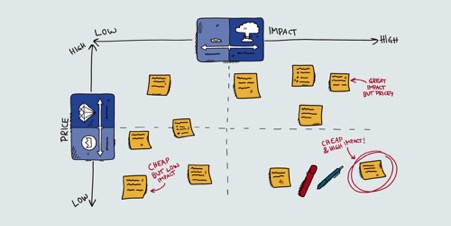

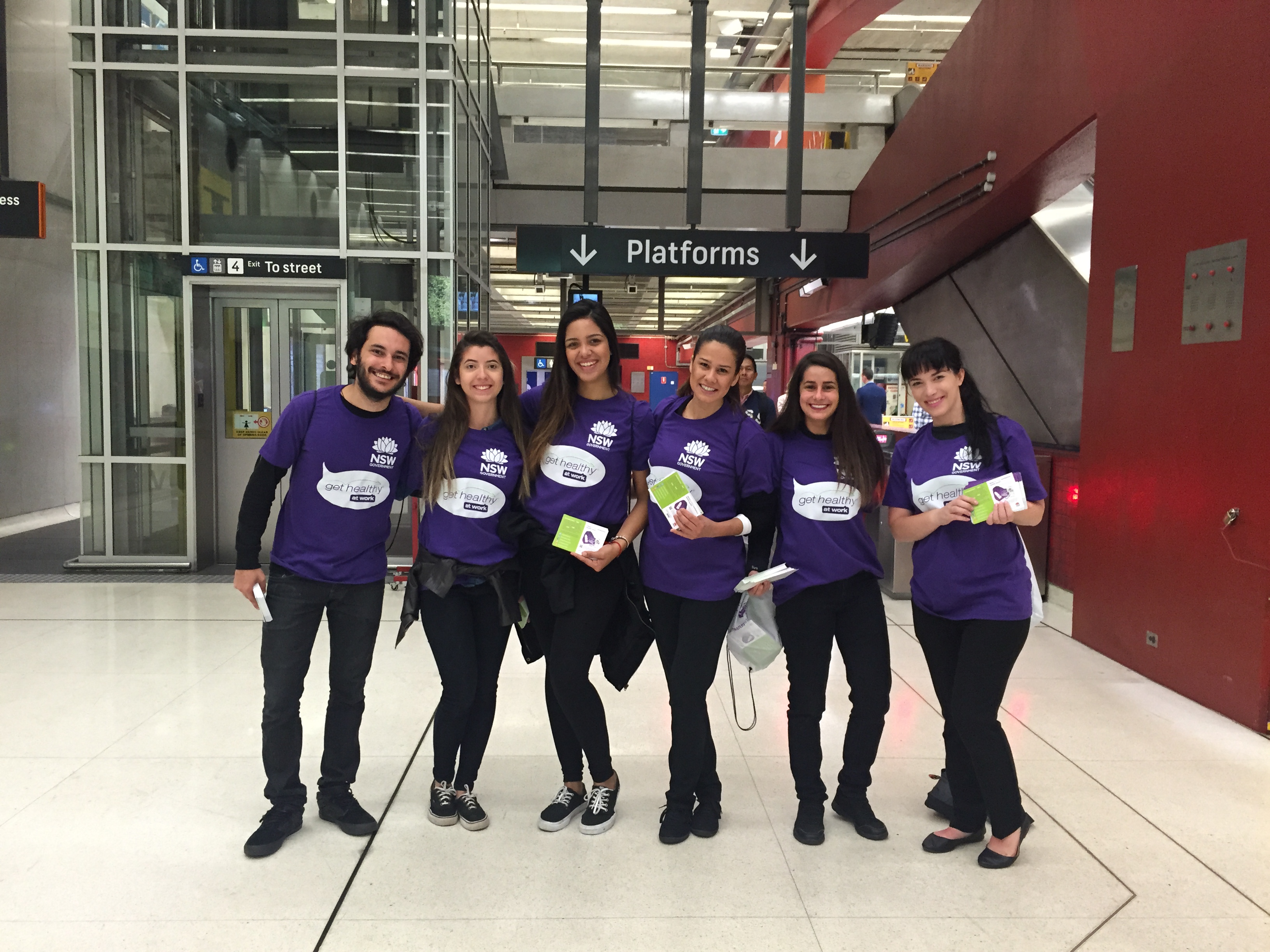
BEHAVIOURAL ECONOMICS
What we can bring to your business from behavioural economics:
- Intentional business planning and growth
- Increase the strategic approach to product market match, that results in rapid business growth
- Identify and target digital customer profiles effectively
- Promotional ad and copy realigned to match digital customer profiles
- Direct online targeting of digital customer profiles
The Fifth Element employs a number of proven behavioural economic theories and frameworks to support business growth.
CASE STUDY #1
CLIENT: SafeWork NSW – Project – Get Healthy at Work
CAMPAIGN APPROACH: Targeted 12 Sydney CBD train stations between 6.30am and 9.00am. Postcards given to commuters that matched the identified profiles.
BEHAVIOUR THEORY USED: Social norms
INTENTION: Build awareness and trigger 100 business registrations in the 30 days following the campaign.
ACTIONS TRIGGERED AND MEASURED:
Postcard asked individuals to measure health in the workplace via an online survey
Once completed survey directed individuals to either
a. Request more information
b. Register the business
RESULTS:
1600+ surveys completed online
1258 requests for further information
208 business registration during the 30 days following the campaign.

THEORIES & FRAMEWORKS
Unlike traditional marketing theories based on the idea that humans always act in their best interest, behavioural economics argues that people don’t make rational choices and are influenced by their environment, social norms, and an array of cognitive biases.
TOP 5 BEHAVIOURAL THEORIES
The Anchoring principle : Anchoring is one of the most difficult behavioural economics principles to overcome — even anticipating that it’s going to happen isn’t enough to shift your mindset.
Defaulting: People tend to choose the easiest option to avoid complex decisions.
Friction: The costs of the little speed bumps that people hit when engaging with a service. Is it easier to pay with cash or credit? What’s more convenient to reach for, the healthy food or the junk? Is it easier for the user to get where they want to go, or just quit the process entirely?
Ostrich Effect: “the avoidance of apparently risky decisions or behaviour by pretending they do not exist”.
Social Proof: Social Proof goes beyond just wanting to fit in — there’s also an element of security involved in following the pack.
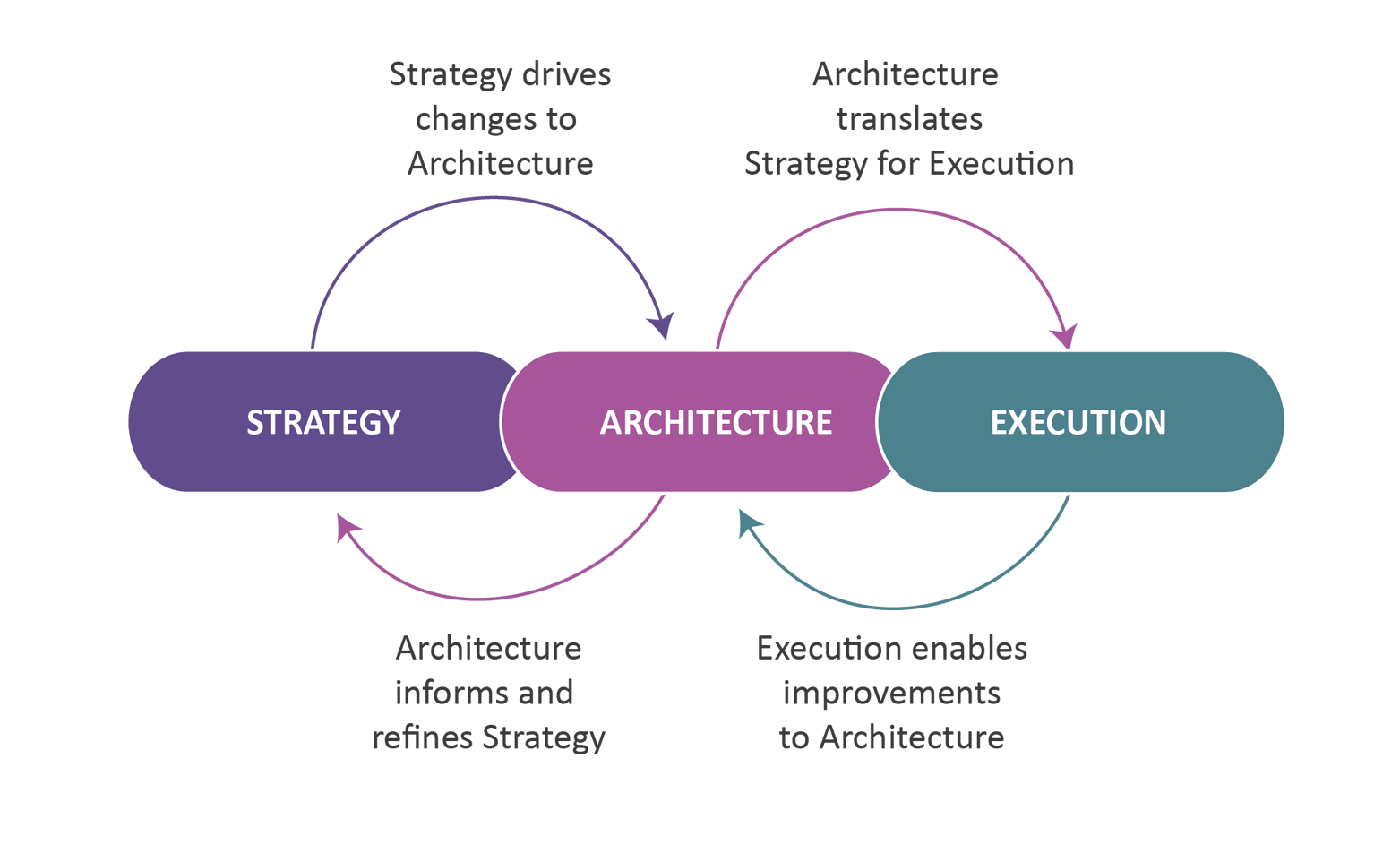
BUSINESS ARCHITECTURE
To apply business architect to product development is to determine, develop and document business capabilities in line with the strategy as well as contributing to the future strategy and plans.
TOP 5 BUSINESS ARCHITECT FRAMEWORKS
Business Strategy: A business architecture will actively standardise and improve the process of strategic planning with the a business.
Capability Management: Designing a team that is based on capapibilities not experience to enable a business to actively follow the strategic diretion of the business.
Improvement: A gap analysis of core operational processes with goals such as improving quality, reducing cost and identifying risks.
Benchmarking: Benchmarking capabilities, processes, products, services and systems against key competition or industry best practices.
Distinctive Capabilities: Identification of distinctive capabilities using techniques such as market research and competitive analysis.
Contact Us
|
The Fifth Element Gosford NSW 2250 |
The Fifth Element MidCoast, NSW 2428 |
Ph: 0401 083 684
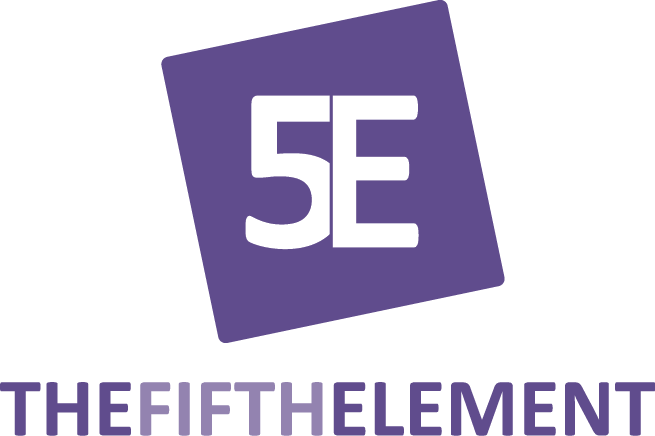
Visit Us
West Gosford NSW 2250
Forster/Tuncurry NSW 2428
Contact us
0401 083 684
hello@thefifthelement.me
Open Hours
M-F: 9am – 5pm
